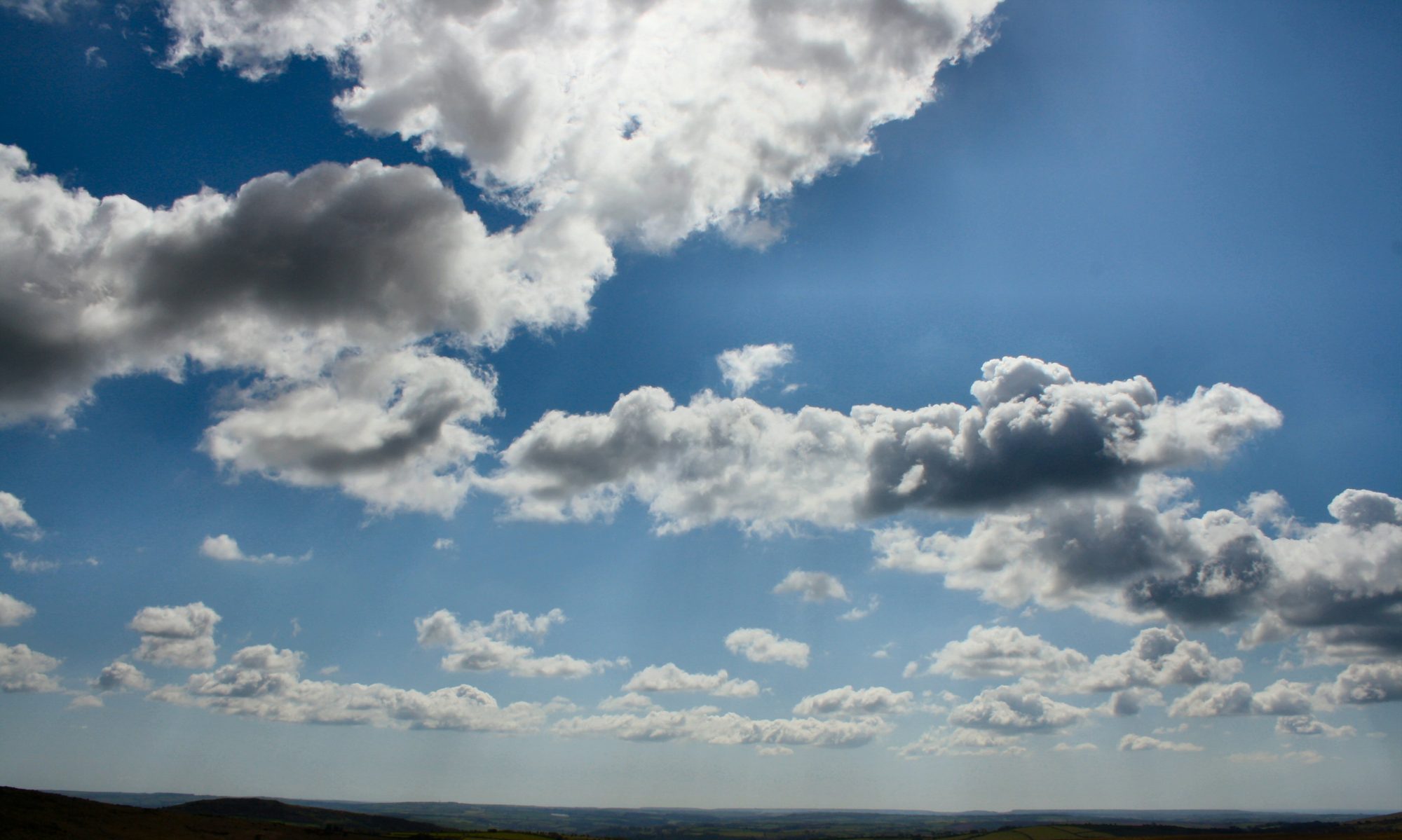Bridford is a Devon village of about 500 people lying in the Teign Valley. The main part of the village sits on the Southern facing slope of a tributary of the Teign and at 1,100 feet above sea level it is the highest village in the Teign Valley.
History
In White’s Devonshire directory of 1850, Bridford was described as “a village and parish, 9 miles S.W. by W. of Exeter, and 4 miles E. of Moreton Hampstead. It contains 560 souls, and 4090 acres of fertile land. The river Teign bounds the parish on the north and east, and has here two corn mills. Sir L.V. Palk is lord of the manor, but part of the soil belongs to the Northcote and other families. It was held in demense by Joel de Totneis, at Domesday Survey, and afterwards passed to the Valletort, Champernowne, Leach, and other families. The ancient lords had the power of inflicting capital punishment. Lapflode estate was anciently held by a family of its own name. The Church(St. Thomas a Beckett,) is an ancient fabric, and its register commences in 1538, and contains notices of the insurrection in Devon and Cornwall in 1549. The rectory, valued in K.B. at £13. l5s., and in 1831 at £350, is in the gift of Sir L.V. Palk and incumbency of the Rev. Henry Palk. In 1706, Edward Hall left the yearly sums of 10s. for a sermon, 3s. for the poor, and 3s. 4d. to buy hassocks for the church. An annuity of 40s., left by John Stoke, is applied in relieving the poor, and buying sacramental bread and wine.”
